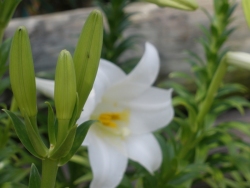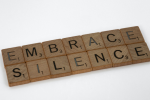March 26, 2012
Ritual and Creativity

I recently heard writer and popular philosopher Alain de Botton speak about his new book Religion for Atheists, and one of the points he made was that religion teaches us by repetition in a way that most other education in America does not. We sometimes imagine that a good idea will stick around simply by its merit, but current politics and most of human history points to the fact this is false. We need to hear something again and again so we can absorb it and use it. We are more than our conscious minds. Religion, by its repetition and its rituals, teaches our subconscious, our spirit, and even our bodies with the rituals we perform each week.
As my friend Claudio pointed out, we return to worship each Sunday to remember. On our own we forget the lessons and love we learned last Sunday or at other points in our religious lives. Rituals can instill in us a kind of spiritual muscle memory within our conscious and subconscious, and even in our actual muscles as we kneel to pray or encounter the familiar smells and sounds and textures of our sacred space.
Of course, you don’t want to hear the same sermon every Sunday. We can have creativity within our tradition in the form of a sermon or within the other aspects of our communal life. The other day I attended a Taize service, which made use of repetition but was unfamiliar enough to break me out of my usual pattern of worry and anxiety. Repeating songs, letting the words wash over me, enjoying being in an old church, I sat on wooden pews and heard people walk by on the sidewalk outside. My mind raced a bit, but I let it rest as much as possible, and tried to pray with the other parts of myself. I could certainly use more of that.
We must constantly balance between our minds and bodies, between the world we can feel and the transcendent, between what we must do today to keep our church healthy and pay the bills and the mission to make disciples of all nations. This requires us to be creative while returning regularly to our tradition, or spiritual practices, and the stories that have carried us through thousands of years.





